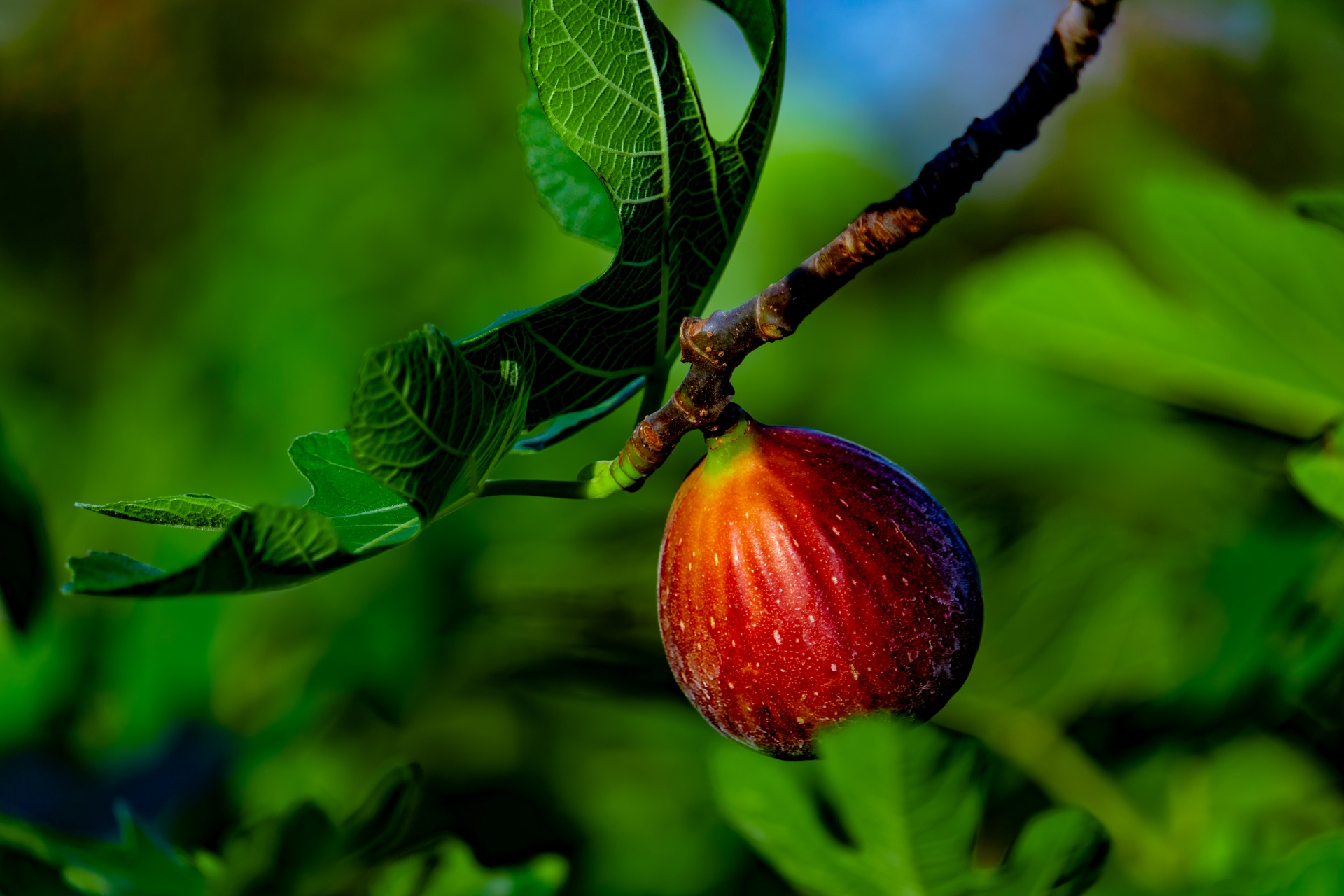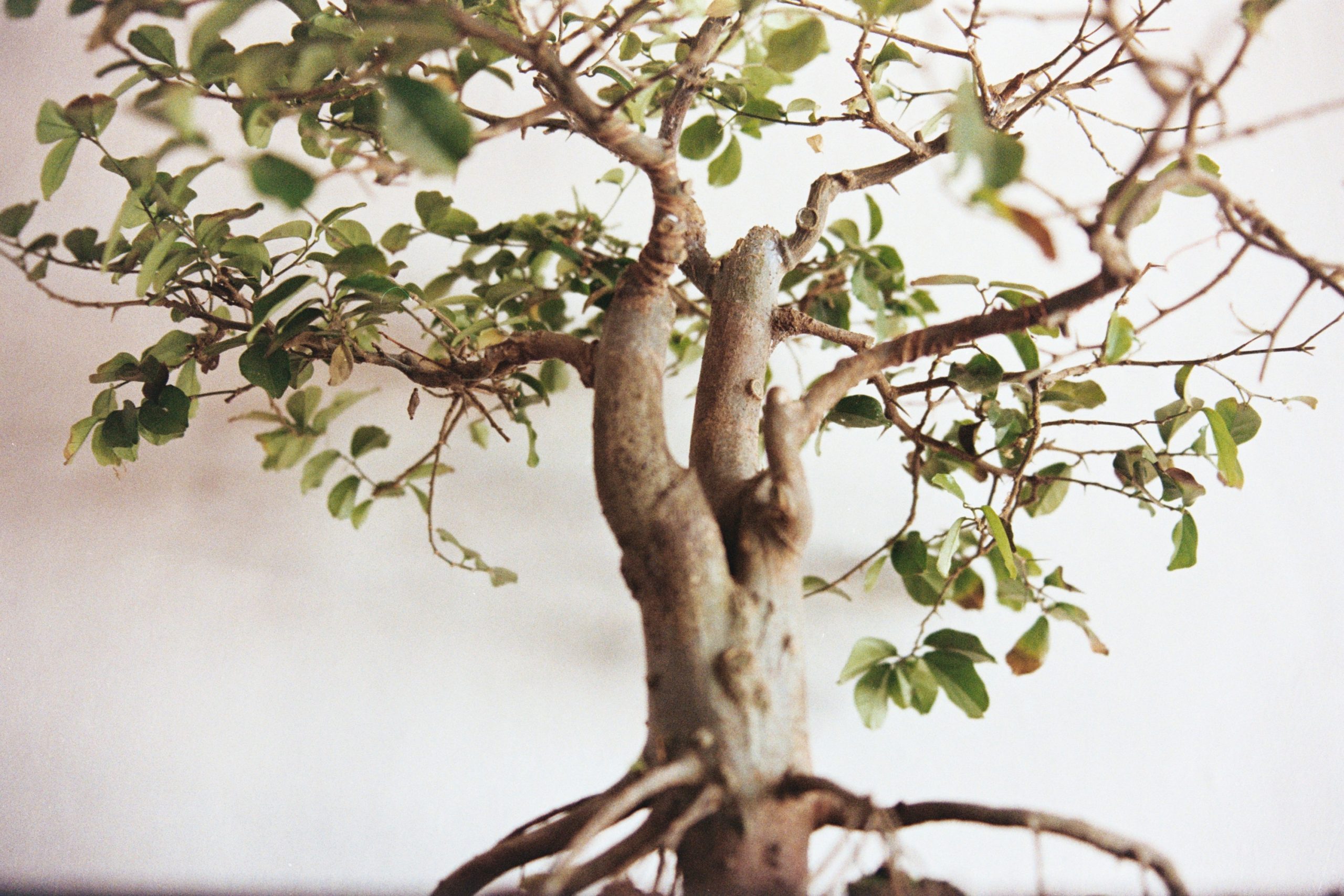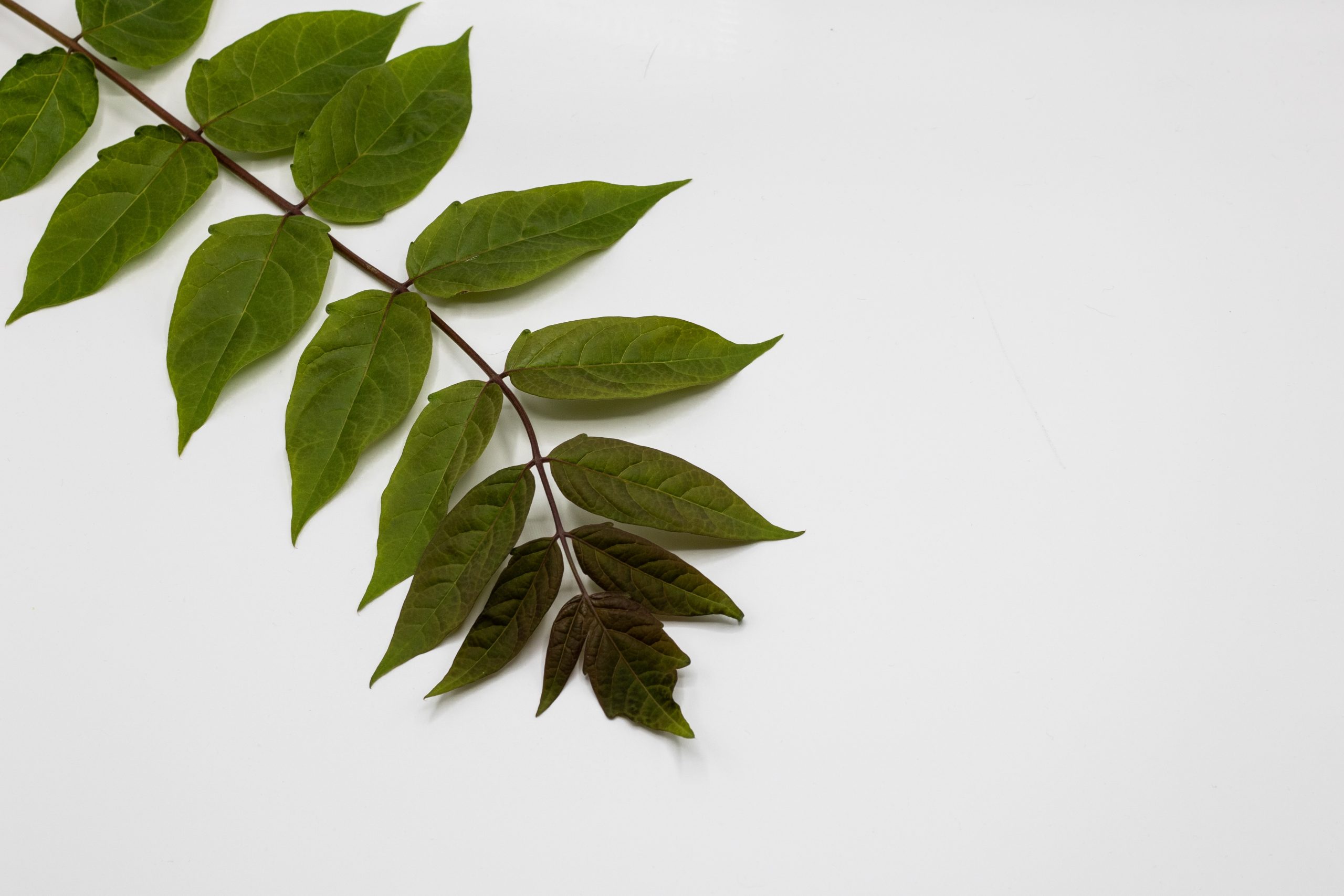Le Ficus carica is the scientific name given to the fig tree. This fruit tree can live for a very long time and thus provide you with delicious fruit throughout its life. This magnificent tree has dark green foliage as well as large leaves. To ensure regular fruit production as well as beautiful leaves, it is necessary to plant Ficus carica according to certain precise instructions which we will detail for you in this article.
When should I plant my Ficus carica?
The Ficus carica acclimatizes to the oceanic climate but also to the Mediterranean climate. It is important that it enjoys a sunny location and to protect it from the cold during winter. The fig tree needs direct sunlight throughout the day. If your Ficus carica is inside, it is recommended to place it in front of a window facing directly west or south.
The Ficus carica will still be able to adapt to different types of exposure. However, if possible, try to plant it in a place away from a wall. This will indeed provide protection from the cold. Be careful to anticipate the size that the tree will reach in adulthood. This will allow you to adjust the distance at which you plant it from the wall.
The ideal time to plant your Ficus carica depends on the region in which you live. If you are in the north of France, you need to plant your fig tree in early spring. Conversely, if you are in the south, that is to say in regions where the climate is milder, you should plant it in early fall.
What type of soil should I plant my Ficus carica on?
You should know that all types of soil are suitable for this tree. It is for this reason that we find the Ficus carica in many gardens and in various regions. Preferably, it is advisable to choose a light, draining and cool soil.
We prefer a calcareous soil, that is to say a clear soil which is rather dry in summer and muddy in winter. Ficus carica will also grow well on humus, black and particularly easy to work. This is the kind of soil you can find in a forest.
The pH of the soil on which the Ficus carica will grow is also very important. For the fig tree, we will favor a neutral soil, whose pH is between 6,5 and 7,2. This is often the soil in which most plants grow, and it most certainly is the soil in your garden.
Plant my Ficus carica in the ground
The Ficus carica can be planted directly in the ground. As indicated above, it is important to take into account the quality of the soil, and to check that the soil is suitable for planting a fig tree. Also pay attention to the location you choose. The Ficus carica needs light to grow and to develop, so you have to check that the chosen location is ideal.
Planting Ficus carica takes place in a few very simple steps:
- Step 1 : Work the soil. This step helps to promote aeration of the soil and the reception of the plant.
- Step 2 : Make a hole. This must be wide enough but also deep enough to accommodate the Ficus carica. Thus, the roots of the plant can be distributed as well as possible in the soil.
- Step 3 : Cover the Ficus carica. So you can finally cover the hole with a mixture of soil, potting soil and water. This mixture helps to cover the roots of the plant, while avoiding air pockets. Remember to water well to feed the plant. Thereafter, and as with other types of Ficus, you will need to maintain your Ficus carica regularly.
Plant my Ficus carica in a pot
Of course, if you choose to plant your Ficus carica in a pot, the volume of it must be adapted. Ultimately, it is still preferable that you end up planting your tree in the ground to ensure the full development of the plant.
The Ficus carica can develop substantial roots. The pot must therefore be able to accommodate them. A pot that is too small could seriously harm the development of the plant. You must also be careful to choose a container that contains holes to allow the evacuation of the irrigation water. If the pot is heavy, consider placing it on a small skateboard. This will allow you to move it much more easily.
Note that it is also possible to reproduce the fig tree by planting seeds. However, this technique is not widely practiced. It produces female fig trees, which include figs but also male fig trees which bear inedible fruits. We will therefore prefer layering or cuttings.



